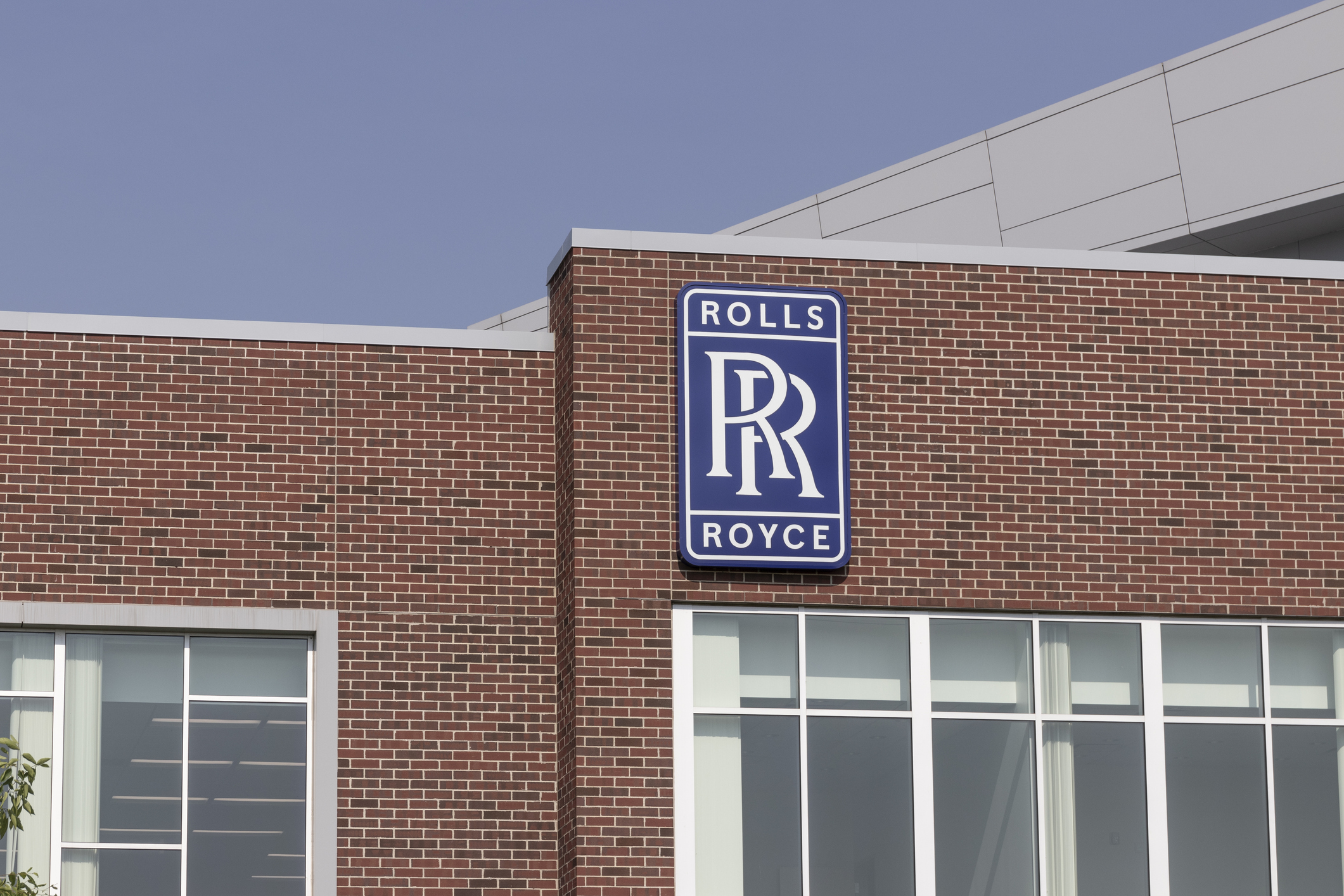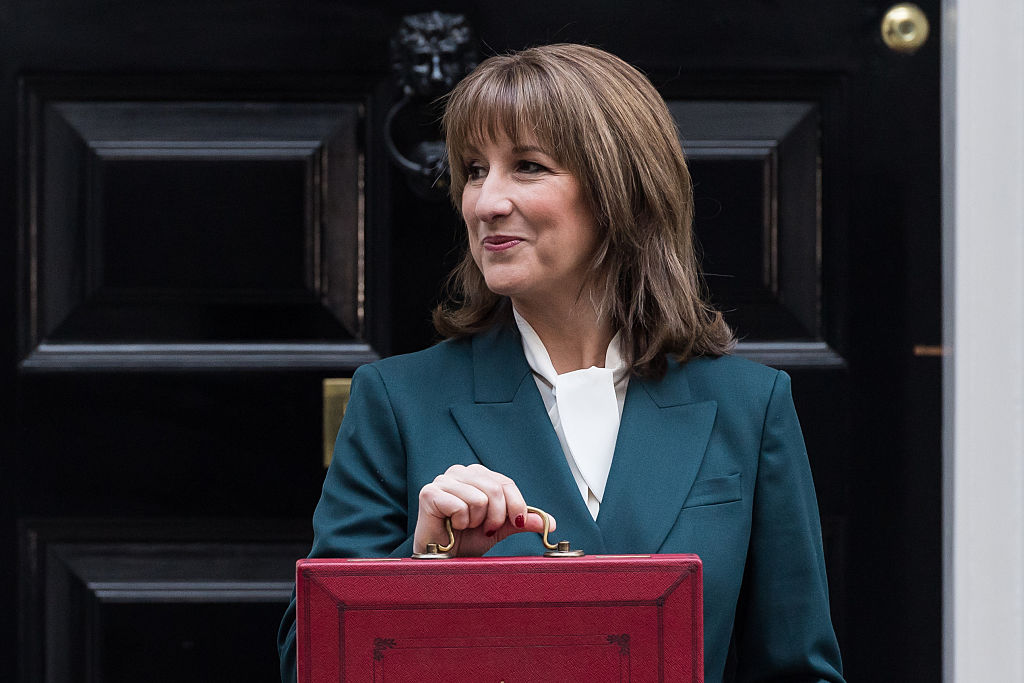Rolls-Royce stock jumps 15% – could it climb further?
Aircraft-engine group Rolls-Royce’s CEO has been hailed as a hero for spearheading the firm’s recovery. And the future looks bright, says Matthew Partridge


Aircraft engine maker Rolls-Royce declared in February that it would hit its profit targets two years early, says Philip Georgiadis in the Financial Times. The stock promptly bounced 15%, making it one of the ten biggest in the FTSE 100.
Rolls-Royce’s latest results, which included a 13% rise in the order book for new engines, “underlined the scale of the recovery... since governments shut the skies during the pandemic”.
It also announced that it would launch a £1 billion share buyback, in addition to bringing back a dividend of 6p a share, as promised last year.
MoneyWeek
Subscribe to MoneyWeek today and get your first six magazine issues absolutely FREE

Sign up to Money Morning
Don't miss the latest investment and personal finances news, market analysis, plus money-saving tips with our free twice-daily newsletter
Don't miss the latest investment and personal finances news, market analysis, plus money-saving tips with our free twice-daily newsletter
Many of Rolls-Royce’s past problems were due to its slow recovery from Covid, which had “brought it to its knees”, says Robert Lea in The Times. However, the real turning point came when CEO Tufan Erginbilgic arrived in 2023 and worked hard on “changing the mindset” of the company’s staff.
He managed to persuade them to focus on “the strategic progress required both every day and for the long term”. He has also “transformed” the profitability of Rolls-Royce by renegotiating existing contracts and improving the value of new deals.
What's behind Rolls-Royce's financial turnaround?
Erginbilgic’s leadership is a “case study for reviving a moribund industrial icon”, say Bloomberg’s Kate Duffy and Anthony Palazzo.
He has made “shrewd decisions”, including “selling off a division dedicated to electric flight, as well as shutting down development efforts for fuel cells and advanced air-mobility craft such as air taxis”.
His “zero-based budgeting” and decision to “give everyone... clear... responsibilities” has cut waste and bureaucracy at a company that once “flew three employees to southern France to erect a company sign”.
Despite Rolls-Royce’s success, there are still “problems on the horizon” for the CEO to navigate, says Matt Oliver in The Telegraph. It has recently “taken heat” from airlines after problems with its troubled Trent 1000 resurfaced.
BA has been forced to cancel flights because of “excessive wear and tear to the engines” that power its fleet of Boeing 787 Dreamliner jets. Rolls-Royce has been forced to admit that it has “struggled to keep pace with the need for replacement engines and parts – causing some aeroplanes to remain grounded”. It even warns that difficulties with the supply chain, which have constrained deliveries, could last for up to 18 months.
Yet “it’s hard to dispute that Rolls-Royce finds itself in multiple sweet spots”, says Nils Pratley in The Guardian. For instance, small modular reactors should (finally) get the go-ahead soon, and the power-systems business “can expect a new class of customer in the form of data centres”.
The defence division had been “nicely supported by the Aukus (Australia-UK-US) submarine partnership even before governments’ boost to military spending”.
Finally, there is also Rolls-Royce’s re-entry into the market for engines for narrowbody aeroplanes, probably sometime in the next decade, for investors to look forward to.
This article was first published in MoneyWeek's magazine. Enjoy exclusive early access to news, opinion and analysis from our team of financial experts with a MoneyWeek subscription.
Get the latest financial news, insights and expert analysis from our award-winning MoneyWeek team, to help you understand what really matters when it comes to your finances.

-
 London claims victory in the Brexit wars
London claims victory in the Brexit warsOpinion JPMorgan Chase's decision to build a new headquarters in London is a huge vote of confidence and a sign that the City will remain Europe's key financial hub
-
 Rachel Reeves's Autumn Budget: What it means for the UK
Rachel Reeves's Autumn Budget: What it means for the UKOpinion A directionless and floundering government has ducked the hard choices at the Autumn Budget, says Simon Wilson
-
 London claims victory in the Brexit wars
London claims victory in the Brexit warsOpinion JPMorgan Chase's decision to build a new headquarters in London is a huge vote of confidence and a sign that the City will remain Europe's key financial hub
-
 The consequences of the Autumn Budget – and what it means for the UK economy
The consequences of the Autumn Budget – and what it means for the UK economyOpinion A directionless and floundering government has ducked the hard choices at the Autumn Budget, says Simon Wilson
-
 Reinventing the high street – how to invest in the retailers driving the change
Reinventing the high street – how to invest in the retailers driving the changeThe high street brands that can make shopping and leisure an enjoyable experience will thrive, says Maryam Cockar
-
 8 of the best houses for sale with electric vehicle charging
8 of the best houses for sale with electric vehicle chargingThe best houses for sale with electric vehicle charging – from a converted World War II control tower in Scotland, to a Victorian country house in Cumbria
-
 Big Short investor Michael Burry closes hedge fund Scion Capital
Big Short investor Michael Burry closes hedge fund Scion CapitalProfile Michael Burry rightly bet against the US mortgage market before the 2008 crisis. Now he is worried about the AI boom
-
 The global defence boom has moved beyond Europe – here’s how to profit
The global defence boom has moved beyond Europe – here’s how to profitOpinion Tom Bailey, head of research for the Future of Defence Indo-Pac ex-China UCITS ETF, picks three defence stocks where he'd put his money
-
 Profit from a return to the office with Workspace
Profit from a return to the office with WorkspaceWorkspace is an unloved play on the real estate investment trust sector as demand for flexible office space rises
-
 New frontiers: the future of cybersecurity and how to invest
New frontiers: the future of cybersecurity and how to investMatthew Partridge reviews the key trends in the cybersecurity sector and how to profit